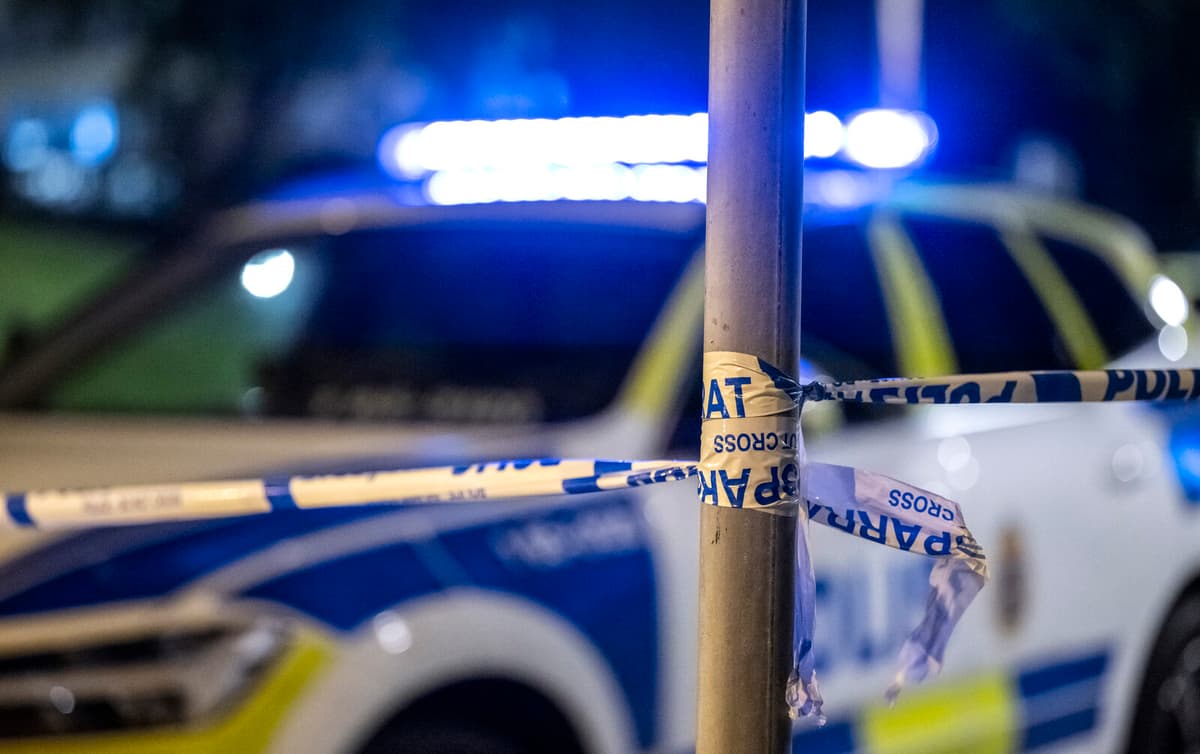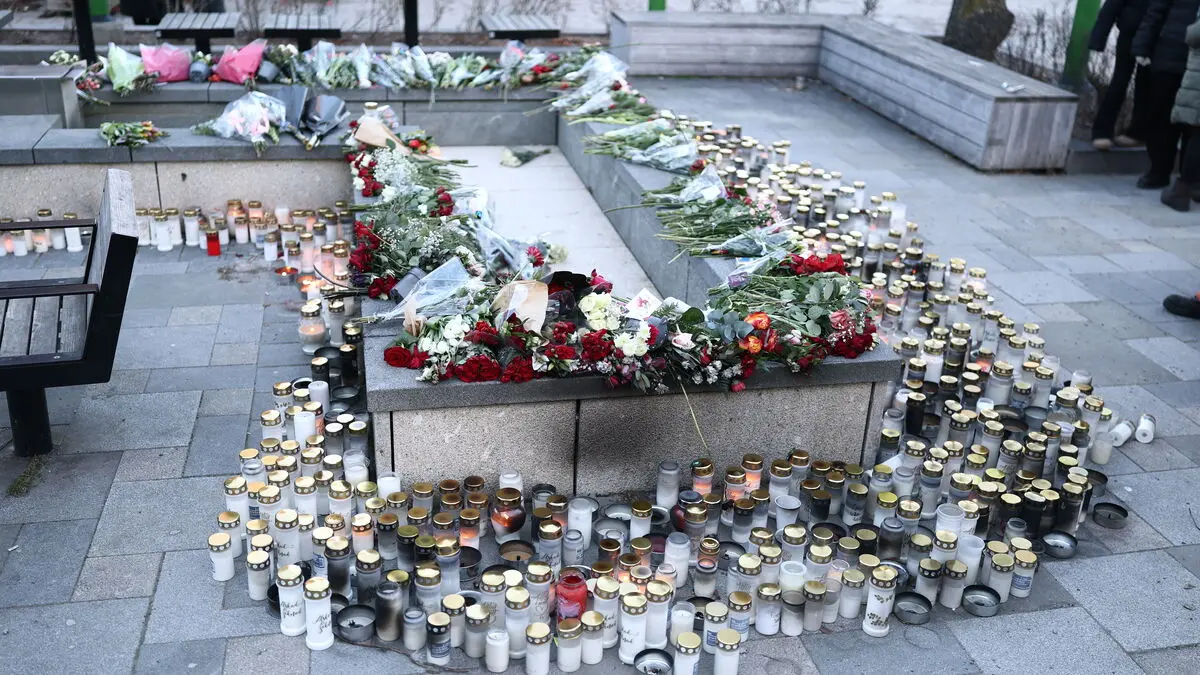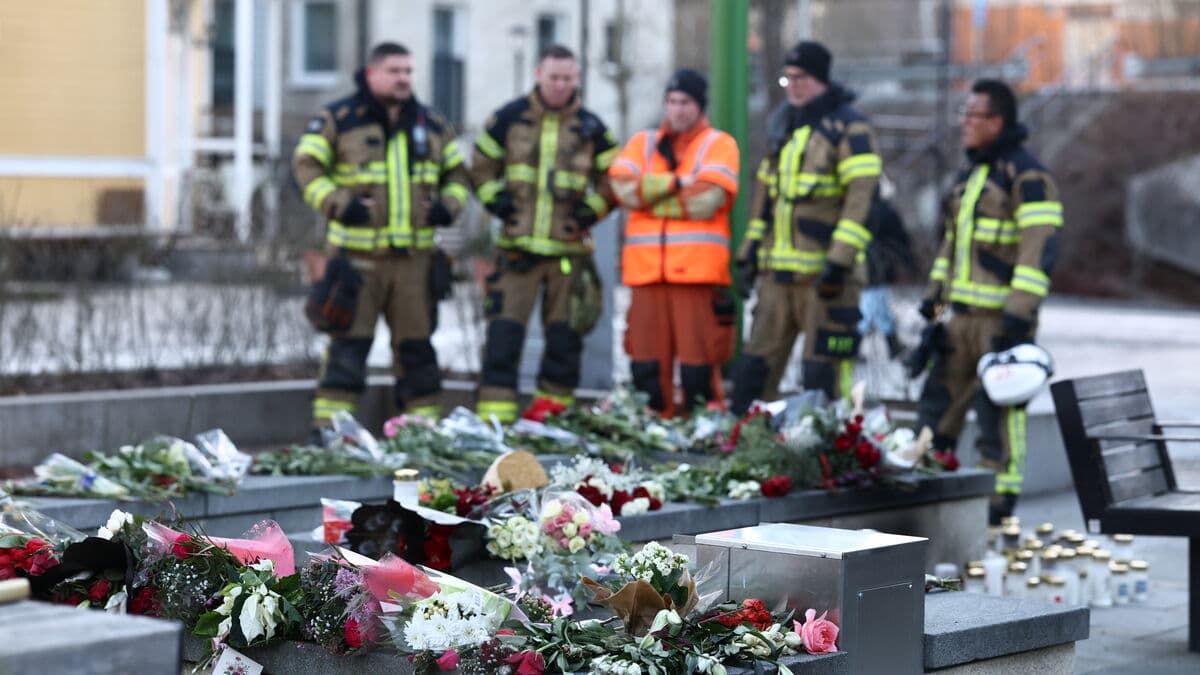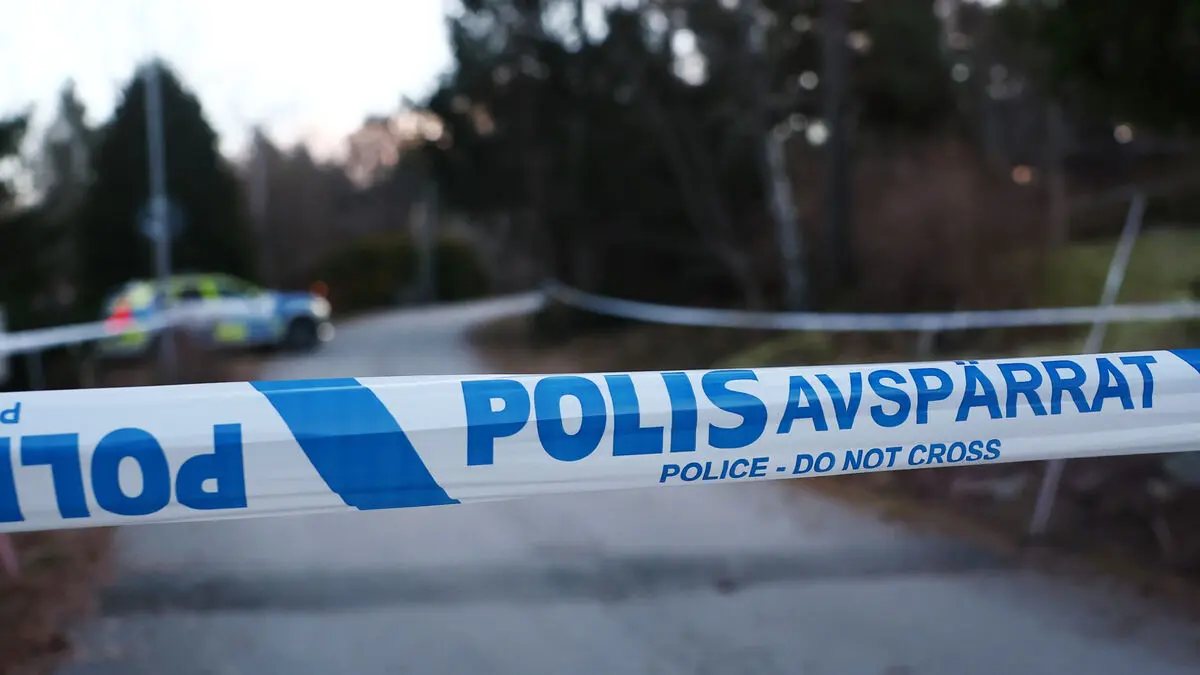Of last year's fatal shootings, 55 percent are fully or partially solved. If one also includes cases where suspects are detained or have been charged, the prognosis is 72 percent clearance for 2023. This can be compared to 29 percent the previous year.
New working methods are the main explanation, according to the police, primarily regarding how information is collected, analyzed, and shared.
It means that every person in this long chain who is supposed to do their job has a better information situation. Then they have better prerequisites to solve their task, says Johan Olsson, head of the police's National Operational Department (Noa).
More wiretapping
Here, legislative changes that have given the police greater opportunities for wiretapping have also played a role.
It means that we can intervene earlier and in the best case prevent attacks.
The number of unique suspects in murder cases involving firearms is also increasing. So far this year (up to and including October), there are 108 unique suspects after such crimes, which can be compared to last year's figure at the same time: 66 people. The most common crime classifications are completed murder, aggravated weapons offense, and preparation or conspiracy to murder.
That it is really a trend break and not just a blip on the curve, Johan Olsson cannot guarantee.
Our opponents are constantly developing in response to what we do, so it's a constant game of chess.
"We are humble"
When we get increased information sharing, we get quite fast and powerful results. But we are humble in the face of the fact that we are facing an opponent who is constantly thinking about how they can make our job more difficult.
So far this year, there have been fewer shootings and fewer deaths and injuries than in 2023. But the brutality of the crimes is increasing over time. There are more frequent shootings in public places at times when many people are out, and relatives are also becoming more frequent targets.
The negative effect has become greater due to the increased risk to third parties over time, says Johan Olsson.
The clearance rate after fatal shootings was around 80 percent in the early 1990s, then dropped to as low as 26 percent in 2015-2019.
In 2020, it was 33 percent, in 2021 it was 27 percent, and in 2022 it was 29 percent.
Of the fatal shootings in 2023, 55 percent are fully or partially solved. If one also includes cases where suspects are detained or have been charged, the prognosis is 72 percent.
During the 2020s, the number of murders with firearms has been around 49 per year on average.
Source: The Police





